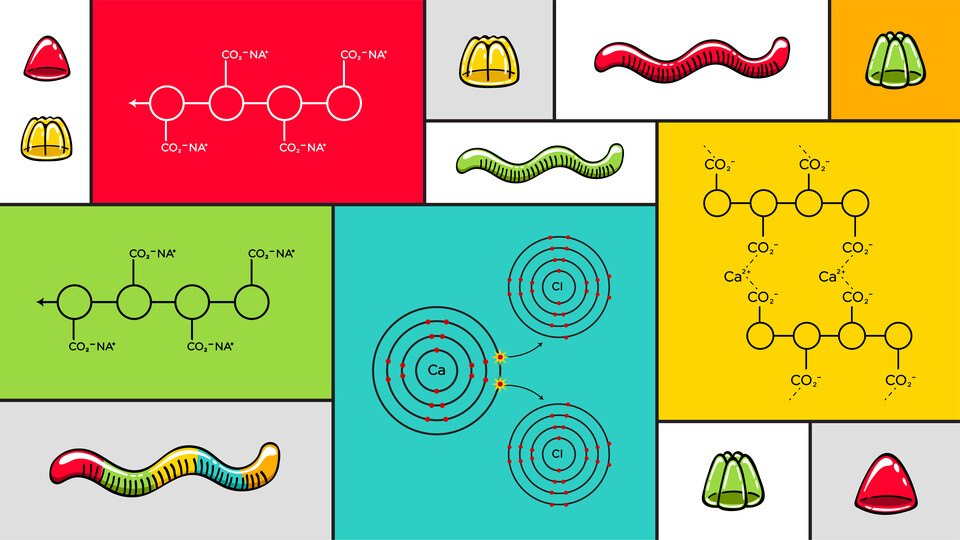· 3 min read
Class explores the ‘Science of Food’

What gives the gummy worm its soft, chewy texture? How much caloric energy does one Cheeto contain? Did high fructose corn syrup earn its bad rap?
These aren’t questions normally considered when chowing down on a favorite food, but students in Andreia Bianchini‘s The Science of Food class get the answers — a combination of sodium alginate and calcium chloride, 12 calories per Cheeto, and no, it’s a wash against sugar — as they get a peek behind the curtain at the chemistry that tickles the taste buds.
Bianchini, associate professor of food science and technology, teaches the course every semester, and because it is such a popular general science course that meets an ACE requirement, she made the course available during the winter interim period, where she taught 98 students through previously recorded lectures and demonstrations, online discussions, review questions and readings.
“By the end of the course, the goal is that they have understanding and can apply concepts from chemistry, biology and physics to food science and have a better understanding of scientific methods through exploring food,” Bianchini said.
The class covers a broad list of topics from food safety and food composition to nutrition and food processing.
“We try to provide students with a little bit of everything related to food science without going super deep because we understand that some of them are not food science majors,” Bianchini said. “We talk about the chemistry of food. We talk about nutrition. We also touch on a lot of current topics in the media like gluten-free foods, fad diets and GMOs. We also talk about food quality and safety and how food products go from concept to commercialization.”
From showing students how caloric content is counted to measuring up the added sugars in many foods, each lecture includes demonstrations or experiments that are designed to make students think differently about food. Bianchini said students are often surprised by what they learn in class.
“There is a lot of negativity around food from media, and a lot of times it’s not the whole story,” Bianchini said. “Someone might say ‘processed food is bad,’ but processing helps us have a varied diet and feed the globe. There are also processes that remove toxins or make a food more digestible. I try to spark interesting discussions on a lot of topics. In the course they are provided with the science associated with many of these controversial topics so they can make informed decisions about their food choices.
“From the discussion boards, I often see they are finding the information useful and helping them think critically, especially around nutrition and food safety, which I think they find valuable to their own lives.”







